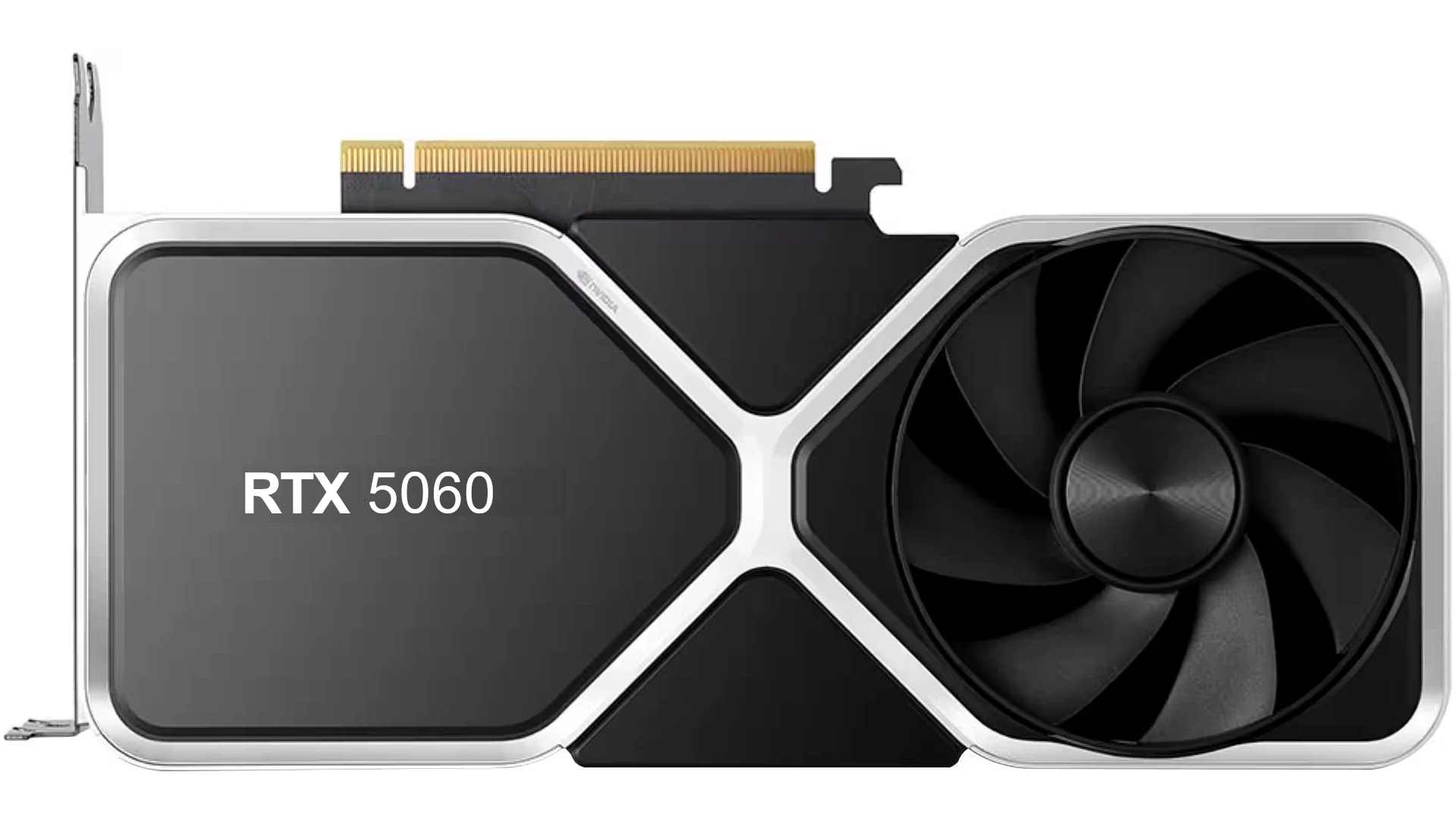Nvidia GPUs have gained a reputation for their high prices, leaving many consumers wondering about the reasons behind their cost. These graphics cards are expensive due to factors like advanced technology, high manufacturing costs, and market demand. Nvidia’s latest GPUs, such as the RTX 4080 and 4090, come with hefty price tags that have sparked consumer complaints.
The company’s focus on cutting-edge features and performance contributes to the elevated costs. Nvidia invests heavily in research and development to create GPUs with superior capabilities, which are reflected in the final product price. Additionally, the complex manufacturing process and the use of premium materials drive up production expenses.
Market dynamics also play a role in Nvidia’s pricing strategy. The high demand for powerful GPUs in gaming, crypto mining, and AI applications has allowed Nvidia to maintain premium prices. Recent supply shortages have further increased prices, with some models becoming harder to find at recommended retail prices.
Why NVIDIA GPUs Command High Prices
NVIDIA GPUs have become synonymous with high performance graphics, particularly for gaming and professional applications. However, their impressive capabilities often come with a hefty price tag. Several factors contribute to the high cost of NVIDIA GPUs:
1. Research and Development
NVIDIA invests heavily in research and development to create cutting-edge GPU technology. This includes designing new architectures, improving performance, and reducing power consumption. These R&D costs are factored into the final price of their GPUs.
2. Manufacturing Costs
Manufacturing high-performance GPUs is a complex process that requires specialized equipment and skilled labor. The cost of these resources, along with the cost of raw materials, contributes to the overall price.
3. Demand and Supply
The demand for NVIDIA GPUs, particularly high-end models, often outstrips supply. This can lead to increased prices, especially during periods of high demand or when there are supply chain disruptions.
4. Market Dominance
NVIDIA holds a dominant position in the GPU market, particularly in the high-performance segment. This gives them some leverage in pricing their products.
5. Software and Ecosystem
NVIDIA provides a comprehensive software ecosystem, including drivers, libraries, and tools, that enhance the performance and capabilities of their GPUs. The cost of developing and maintaining this ecosystem is also reflected in the price.
6. Specialized Features
NVIDIA GPUs often include specialized features, such as ray tracing and AI acceleration, that are not found in lower-priced GPUs. These features add to the cost of development and manufacturing.
7. Tariffs and Taxes
Tariffs and taxes on imported components or finished GPUs can also impact the final price consumers pay.
Key Takeaways
- Nvidia GPUs are expensive due to advanced technology and high manufacturing costs.
- Market demand and supply shortages contribute to premium pricing.
- Consumers face higher costs but gain access to cutting-edge graphics performance.
Factors Affecting Nvidia GPU Pricing
Nvidia GPU prices are influenced by several key factors. These include technological advancements, market dynamics, supply chain issues, and broader economic conditions.
Tech Advancements and Performance Benchmarks
Nvidia’s GPUs feature cutting-edge technologies that drive up costs. DLSS and ray tracing capabilities in newer models like the RTX 4090 offer significant performance gains. These improvements require substantial research and development investments.
The Ada Lovelace architecture in the RTX 40-series provides a major leap in processing power. This translates to higher production expenses for Nvidia.
Performance benchmarks often justify premium pricing. The RTX 3090 Ti and RTX 4090 set new standards for graphics performance. This allows Nvidia to position these products as high-end offerings with corresponding price tags.
Market Trends and Competition
Nvidia faces competition from AMD in the GPU market. The Radeon RX 6700 XT competes with Nvidia’s mid-range offerings. This rivalry can influence pricing strategies.
Consumer demand plays a crucial role. High demand for GPUs, especially during the recent global chip shortage, allowed for elevated prices.
Market trends like cryptocurrency mining have historically impacted GPU availability and pricing. These shifts can cause rapid fluctuations in GPU costs.
Supply Chain Dynamics
The global chip shortage significantly affected GPU production and pricing. Limited supply of components led to increased costs for manufacturers.
Production capacity constraints can limit GPU availability. This scarcity often results in higher prices, especially for newer models.
Shipping and logistics costs impact final retail prices. Global supply chain disruptions can lead to increased transportation expenses.
External Economic Factors
Inflation affects the entire tech industry. Rising costs of materials and labor contribute to higher GPU prices.
Currency exchange rates influence international pricing. Fluctuations can lead to regional price differences for the same GPU models.
Economic policies, such as tariffs, can impact GPU costs. These factors may cause price increases in specific markets.
Black Friday deals and other promotional events can temporarily affect GPU pricing. However, high-end models often maintain their premium pricing even during sales events.
Impact on Consumers and the Gaming Industry
The rising costs of Nvidia GPUs have sparked significant changes in consumer behavior and the gaming industry. These price increases affect purchasing decisions, market dynamics, and future trends in PC gaming hardware.
Gaming Community Response
PC gamers express frustration over the high prices of new GPUs. Many find flagship models like the RTX 4080 and RTX 4090 out of reach. This leads to longer upgrade cycles and a shift towards mid-range options.
Some gamers explore alternatives, such as AMD’s RX 7900 XT and RX 7900 XTX. These cards offer competitive performance at lower price points. Console gaming also sees increased interest as a more affordable option.
Online forums and social media buzz with discussions on GPU pricing. Gamers share strategies to find deals and debate the value proposition of high-end cards.
Alternatives and Buying Strategies
Savvy consumers adopt new approaches to manage GPU costs. Many opt for previous-generation cards like the RTX 3000 series, which offer good performance at reduced prices.
Patience becomes a virtue. Buyers wait for sales or price drops before upgrading. Some turn to the used market, though this carries risks of cryptocurrency mining-worn GPUs.
Pre-built PCs gain popularity as a way to secure GPUs at better prices. System integrators often have better access to graphics card inventory.
• Wait for sales or bundles
• Consider previous-generation GPUs
• Explore AMD alternatives
• Look into pre-built gaming PCs
The Future of GPU Pricing
Industry analysts predict GPU prices may stabilize but remain higher than historical norms. Factors like advanced manufacturing processes and increased R&D costs contribute to this trend.
Competition from AMD and Intel’s entry into the discrete GPU market could help moderate prices. However, Nvidia’s strong brand and technology lead may allow them to maintain premium pricing on high-end models.
The next generation of GPUs might see more focus on power efficiency and AI capabilities. This could justify higher prices for enthusiasts seeking cutting-edge performance.
Consumers can expect continued volatility in GPU pricing. Market conditions, technological advancements, and competitive pressures will shape future costs.





